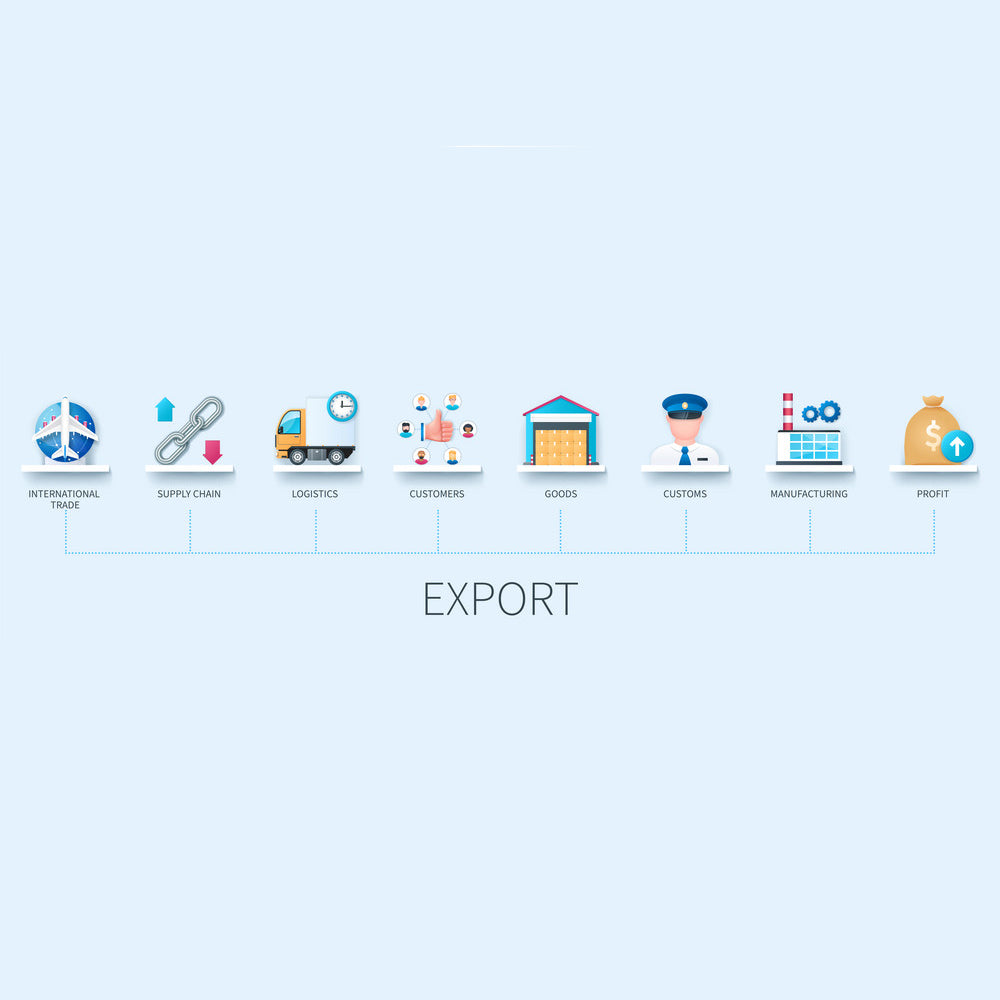Supply Chain Export Trade

#SupplyChainManagement #InternationalTrade #SupplyChainStrategy
Exporting is a vital component of any successful supply chain strategy. It is a complex process that requires careful planning and precise execution. To maximize the benefits of exporting, businesses must have a thorough understanding of the global market and the intricacies of international trade. In this article, we’ll cover important aspects of exporting in the context of supply chain management.
Supply Chain Management
Supply chain management involves the coordination of activities that support the production, distribution, and delivery of goods or services. A well-managed supply chain can help businesses optimize their operations, improve efficiency, and reduce costs. In addition, a strong supply chain can enhance customer satisfaction by ensuring timely delivery of high-quality goods.
Exporting and Supply Chain Management
Exporting introduces unique challenges to supply chain management. These challenges include transportation issues, regulatory compliance, and cultural differences. To overcome these challenges, businesses must carefully plan and execute their exporting strategy.
1. Transportation
Transportation is a critical component of exporting. The logistics of transporting goods across borders can be complicated and expensive. Businesses must consider factors such as mode of transportation, shipping routes, and customs duties. Additionally, businesses must ensure that their goods are properly packaged and labeled to prevent damage during transport.
2. Regulatory Compliance
Compliance with regulations in the destination country is crucial for successful exporting. Each country has its own regulations regarding taxes, tariffs, import/export licenses, and product standards. Businesses must research and adhere to these regulations to avoid costly penalties and delays.
3. Cultural Differences
Exporting also requires an understanding of cultural differences. Each country has its own customs and traditions, which can affect how business is conducted. Businesses must be aware of these differences to successfully negotiate deals and build lasting relationships with customers.
Exporting Best Practices
To successfully integrate exporting into their supply chain management strategy, businesses should follow these best practices:
1. Research
Research the global market and target countries to understand their business customs, legal requirements, and cultural nuances.
2. Establish Relationships
Establish strong relationships with local partners, including freight forwarders, customs brokers, and distributors.
3. Plan Transportation
Develop a transportation plan that takes into account shipping routes, modes of transportation, and customs procedures.
4. Monitor Regulations
Monitor laws and regulations in the target market to ensure compliance with all requirements.
5. Train Employees
Train employees on customs, regulations, logistics, and cultural differences to ensure smooth exporting operations.




Leave a comment